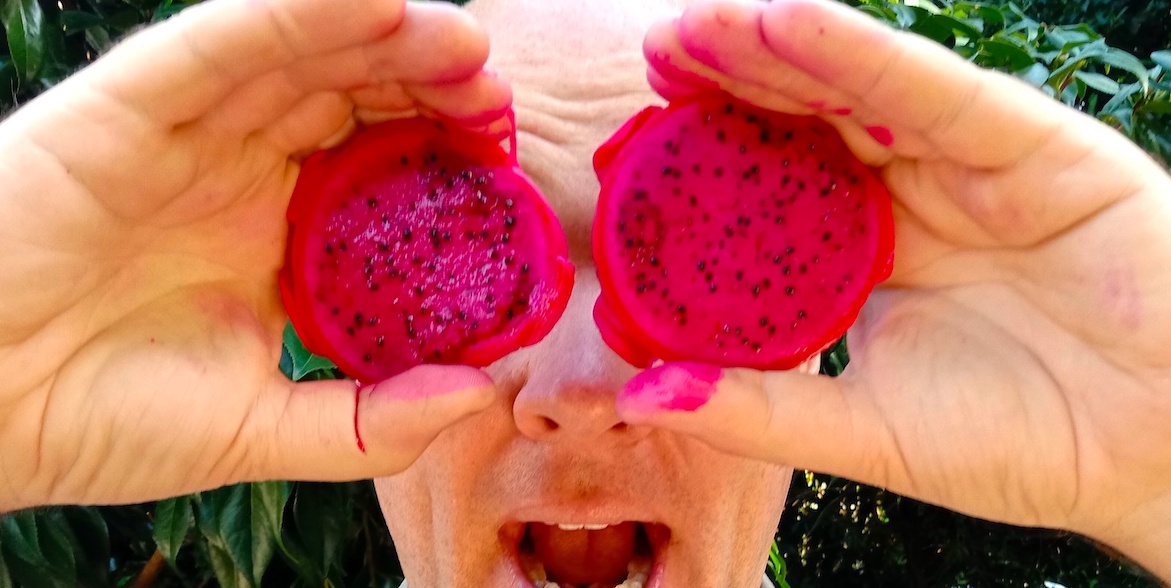I get asked a lot how to grow food from kitchen scraps.
Here are some different methods:
1: Growing from bottoms or bulbs (such as cabbage, celery, onion, bok choy, fennel, leek, lemongrass etc.).
For this method, the base must be intact. Cut the base off and pop it in a bowl with enough water to keep the base wet. Bok choy and celery should start to reshoot within 1 – 2 days. Leave leeks, fennel and onions until the roots form and then plant them in your garden.
2: Growing from tops (such as pineapple, carrot, radish, swede, beetroot, turnip etc.).
Cut the tops off and place them in a saucer of water. It’s best to allow the top to dry off a little before placing it in the water (this will help reduce the chances of rot). When small side roots start to appear, you can plant the top in your garden. The new taproots that grow are unlikely to have a well-formed shaped, but the taste is great and they’re ideal for use in stock and soups.
3: Growing from rhizomes / tubers (such as turmeric, ginger, sweet potato etc.).
Sweet potatoes should grow new roots and shoots when placed in water (although it might take a few weeks). You can also cut off the new shoots, pop them in water and once they’ve grown roots, plant them inside in a warm, well-lit position for a new crop (they make great indoor edible plants).
Fresh ginger should start sprouting if planted with a light covering of potting mix in a warm position.
Although potatoes can be grown from scraps, they are susceptible to disease that can affect your soil for years. Use seed potatoes (generally a similar price), which are disease free.
4: Growing from cuttings (such as mint, thyme, rosemary, oregano, marjoram, basil, lemon / lime balm etc.).
Cut the top 10cm from your leftover herbs and make the cut in an area just below where the leaf joins the stem. I take a lot of the leaves off, usually leaving the top 4cm with leaves. Pop it in a glass of water. I like using glass so I can see the roots developing. Once the roots appear and develop, you can plant them out.
5: Growing from seed (such as melon, chilli, zucchini, pumpkin, tomato, avocado etc.).
Once you’ve collected the seed, leave them on absorbent paper to fully dry them out. Then store the seed in an airtight container until it’s time to plant.
Here’s some basic rules that’ll help:
- Keep your plants in a well-lit area with indirect, natural sunlight.
- Change the water daily, otherwise slimy water will result. Fresh water is important.
- When you do move the plants outdoors, keep them in a sheltered spot with dappled light and then gradually move them into a sunnier location. This helps to reduce the amount of stress the plant will be exposed to.
- Once planted in the ground, keep the soil moist (not wet) and don’t allow it to dry out.

